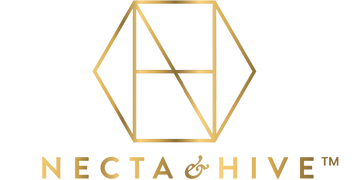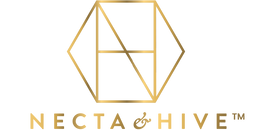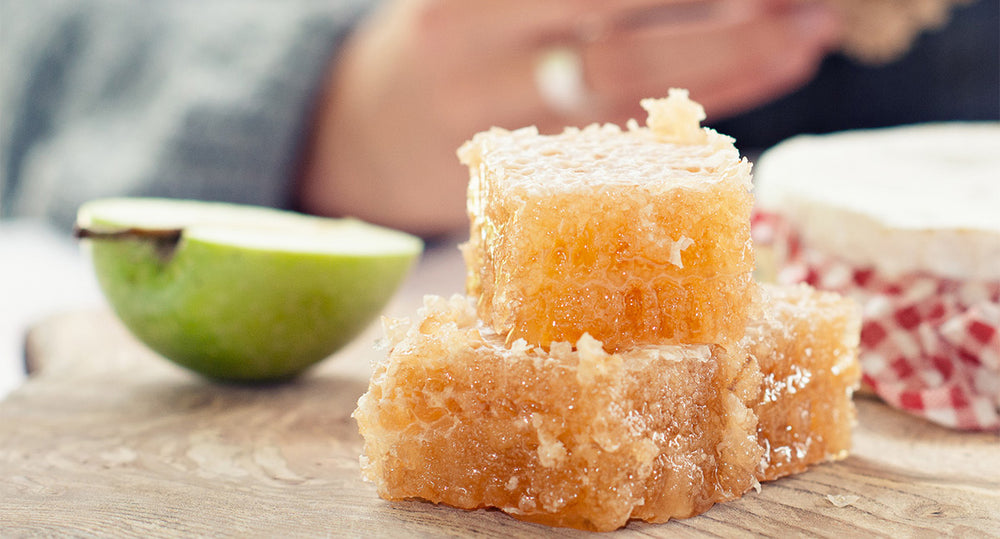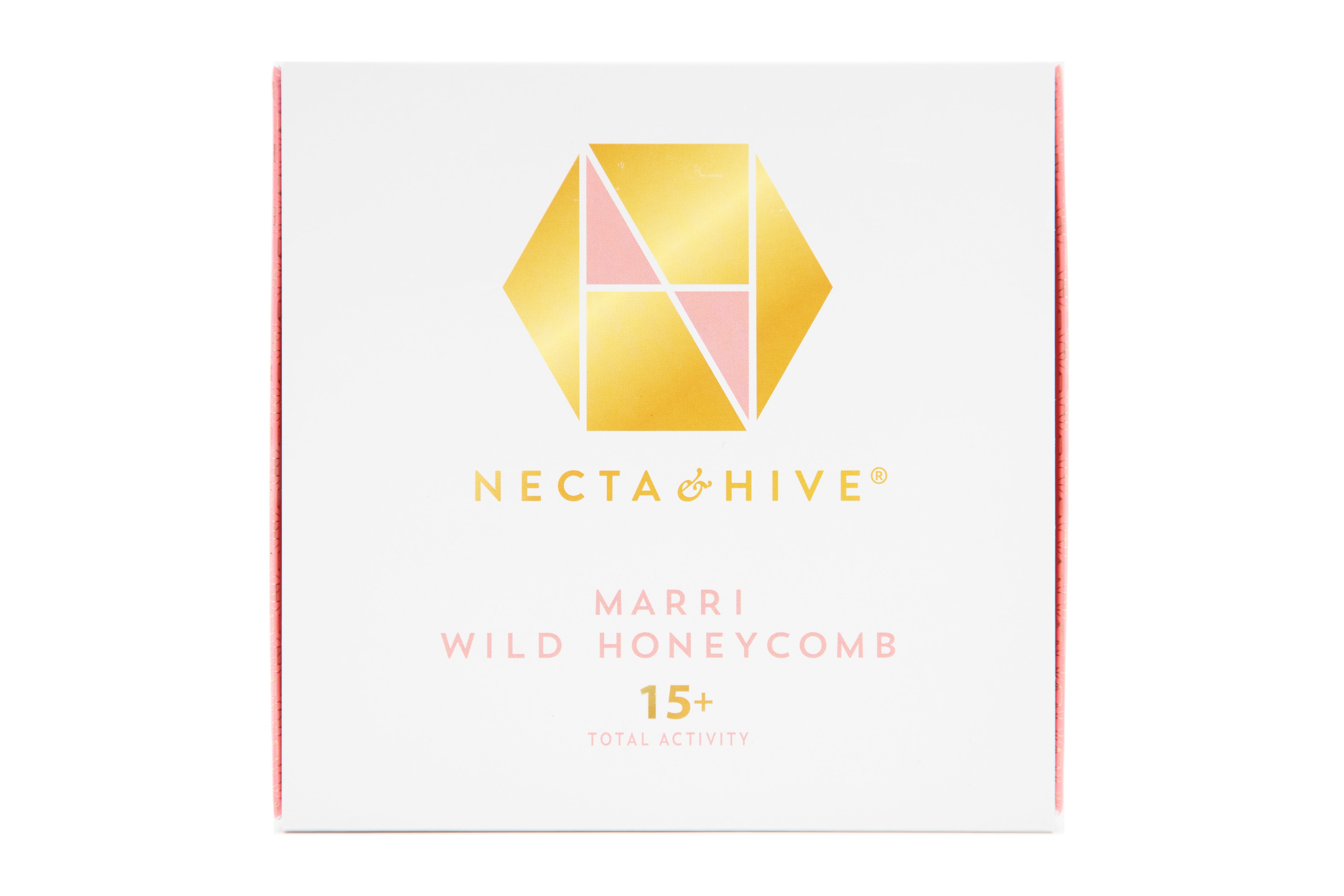When we shop for food, many of us are becoming more aware, and placing more importance, on the provenance of the things we eat and drink. Knowing where our food has been produced, farmed or grown, who by and what it contains is high on the shopping list for an increasing number of us as we feed ourselves and our families.
But sadly, with this want for openness from food producers and manufacturers, comes dishonesty. As unscrupulous food brands look to make a quick buck from consumers wanting pure, whole foods, adulteration and food scandals are rife. We only need to look back at the horse meat scandal to realise that.
The honey industry is no exception. With news of major supermarket honey containing cheap sugar syrups, tricking shoppers into buying a product that isn’t what it says it is on the label, we should all be wary.
Our own honey expert, Shamus Ogilvy, has previously said that he’s shocked by the number of times he’s seen honey where more than half of product consists of cheap, high glucose honey that’s been imported from China. He’s even more shocked by the fact this doesn’t even need to be declared on the label.
And this is the problem with the range of honeys that are now available to us. Cheaper supermarket honey that comes in plastic squeezy bottles might seem like a bargain. But when all it is, is a cheap imitation of the wonderful, natural substance that is pure honey, consumers are being wrongfully sold an inferior product.
High quality, active healing honey such as Necta & Hive Jarrah and Marri Wild Honeycomb honey are bona fide, pure, unpasteurised honeys. We proudly and clearly display where our honeys originate from (the beautiful, pesticide free, natural homeland of the myrtle tree, Western Australia). We also include our independent lab reports of the authenticity and TA (Total Activity, a measure of the antimicrobial activity of a honey) rating.
That’s how our customers are confident in the fact our honeys truly are the real deal.
The origin of the honey, or the “floral type” is also a good measure of the purity of a honey. If this is proudly displayed on the packaging, then its more than likely a pure honey. So look for honey that is labelled as monofloral, meaning it’s been produced by bees foraging on one type of tree blossom. Otherwise, it’s probably a blended honey, from mixed floral types and even countries. It could also even be mixed with cheap sugar syrups.
We know that our honeys are more expensive than those you can buy in the supermarket, but they’re more expensive for a reason. Honey is a natural product, made in small quantities by hardworking bees foraging for nectar. It isn’t supposed to be a cheap, mass produced product with questionable provenance. Opt for honey like ours, and you’ll be getting a quality, healing product, worthy of your hard earned money.
Shop our collection of delicious, 100% natural, active honeys.....Click here
Not sure which honey is right for you? Then use our rating and taste guide to help you.






